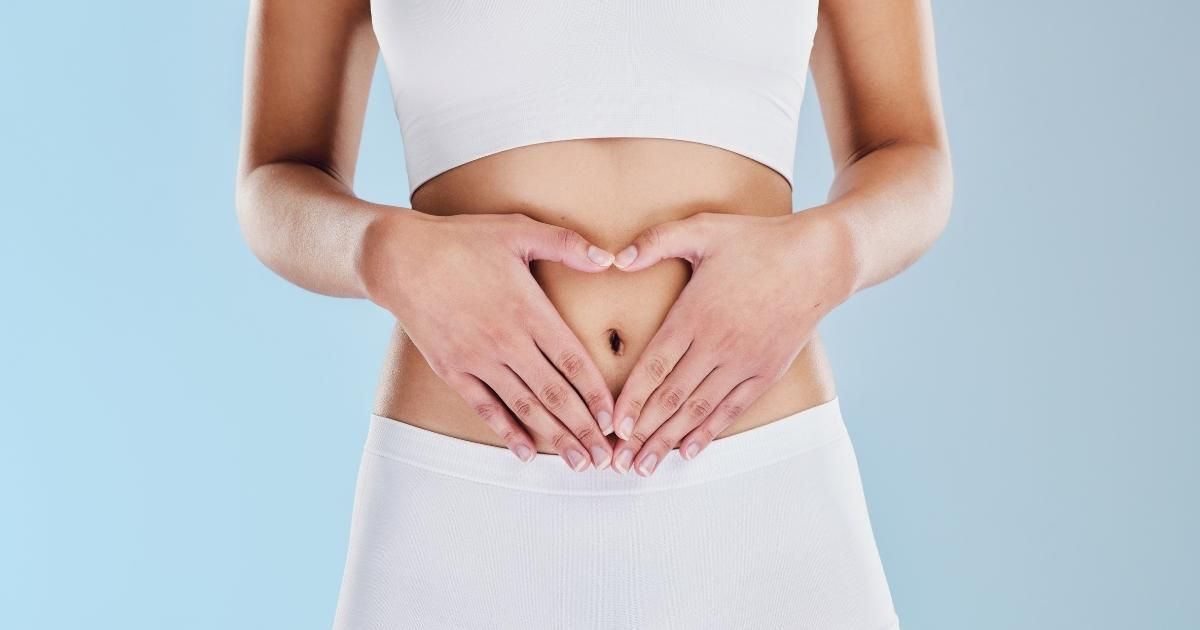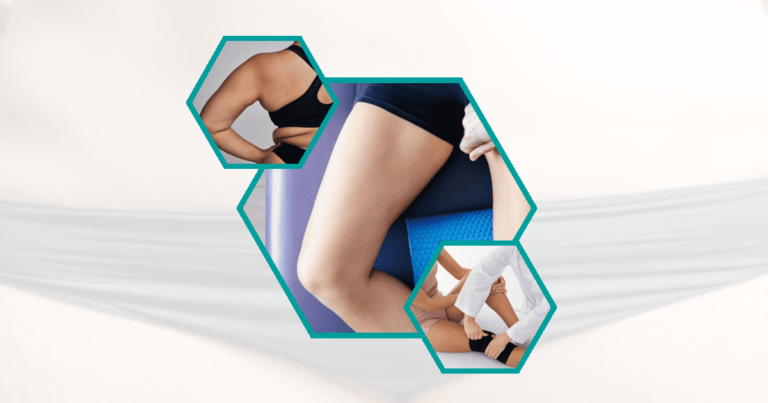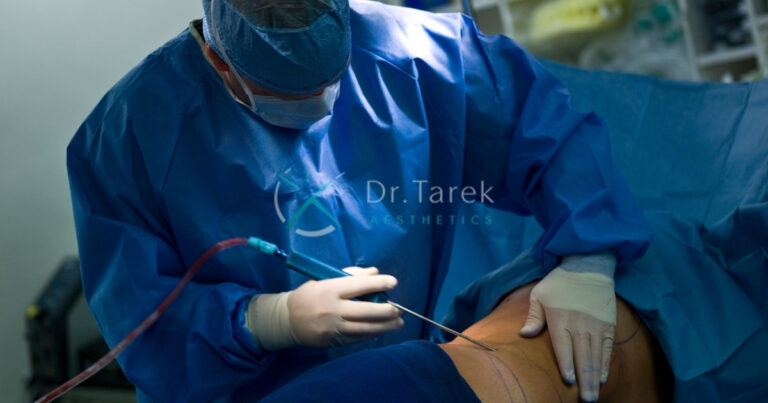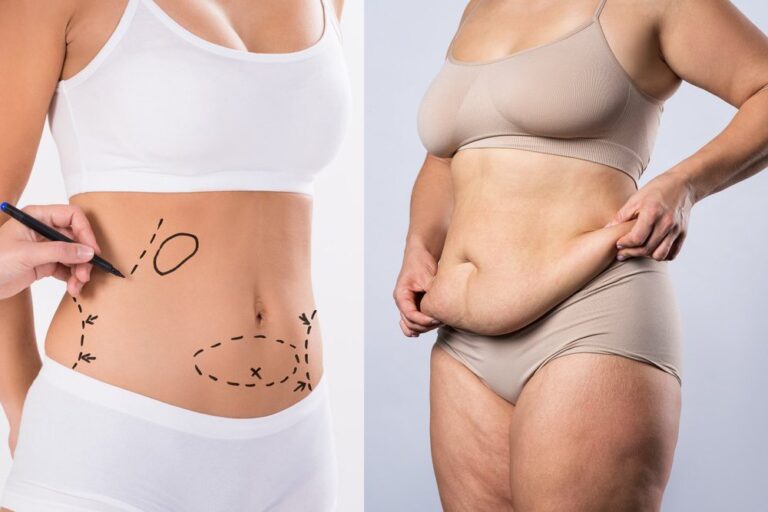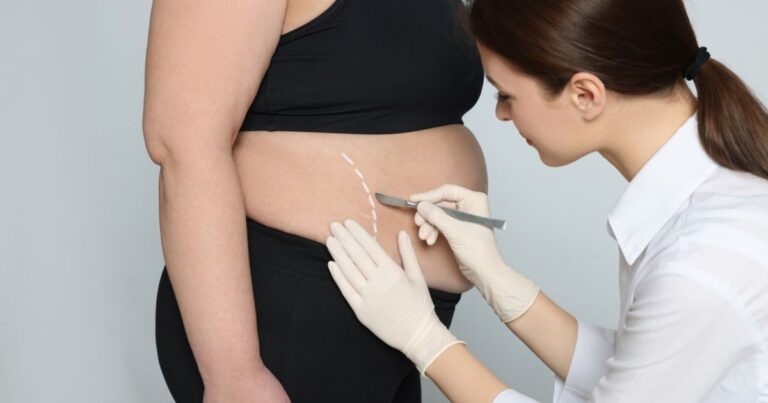Getting ready to use liposuction to reshape the lines of your body? Your comprehensive manual, “Liposuction Checklist: What You Need to Know Before, During, and After Surgery,” simplifies the complex procedure. You can traverse each stage with the assistance of this thorough guide, which will keep you informed and ready.
Pre-Surgery Liposuction Checklist: Evaluating If You’re a Suitable Candidate for Liposuction
Only some are suitable candidates for liposuction surgery. Several factors, such as overall health, skin elasticity, and realistic expectations, play a crucial role. The pre-surgery assessment evaluates your suitability and discusses potential risks and benefits.
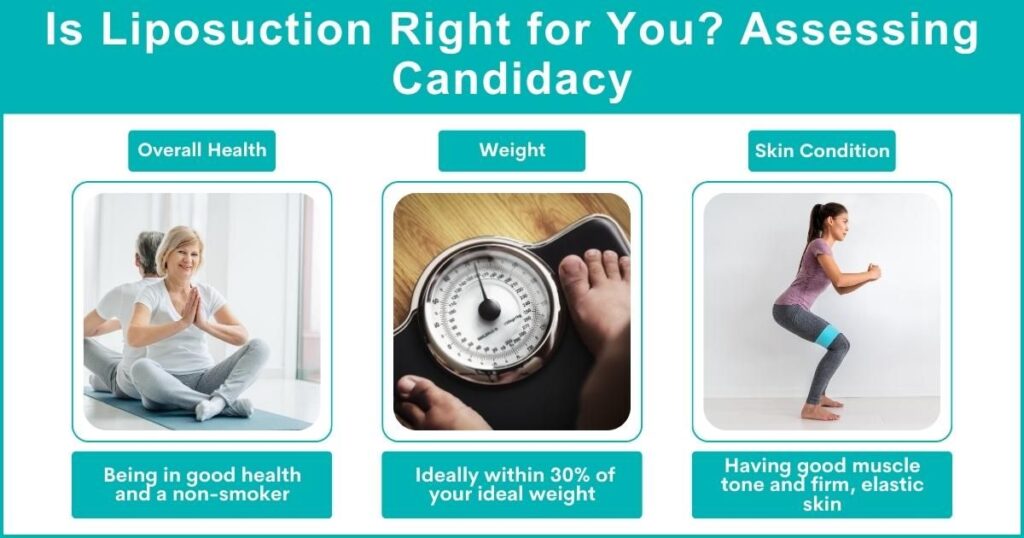
| Criteria | Ideal Candidate |
| Overall Health | Good health and non-smoker |
| Weight | Within 30% of their ideal weight |
| Skin Condition | Good muscle tone and firm, elastic skin |
Deciding on the Best Type of Liposuction: Traditional vs Laser-Assisted
Different liposuction techniques exist, including traditional and laser-assisted. While the primary goal remains the same, the recovery process can vary. Ant to understand the nuances of each technique before making a decision.
| Technique | Procedure |
| Traditional Liposuction | Uses a cannula and physical manipulation to break up and suction out fat |
| Laser-Assisted Liposuction | Uses low-energy waves to liquefy the fat, which is then removed through a small cannula |
Preparing for the Surgery: Pre-Liposuction Diet, Fitness, and Lifestyle Adjustments
Optimal preparation for liposuction include, consistent fitness routines, crucial time, and lifestyle modifications. These changes can minimise potential risks and improve the healing process. Following your surgeon’s guidelines is crucial for a safe and effective procedure.
Book A Consultation With Dr Tarek Bayazid
Top-rated Plastic Surgeon For Liposuction in Dubai
Installment Plan Available
| Preparation Area | Adjustments/Recommendations |
| Diet | Add lean proteins, fruits, vegetables, and whole grains to your meals. Reduce intake of processed foods, sugars, and high-fat items. Stay hydrated. |
| Fitness | Establish a regular exercise routine, focusing on cardiovascular exercises and strength training to ensure your body is in optimal condition for surgery. |
| Lifestyle | Quit smoking and limit alcohol intake, which can affect anaesthesia and recovery. Reduce stress through relaxation techniques and get plenty of sleep. |
| Medical | Schedule a medical check-up to ensure you’re healthy for surgery. Discuss any medications you’re taking with your doctor, as you may need to stop certain ones before surgery. |
| Mental Preparation | Understand the procedure, its risks and benefits to set realistic expectations. Consider counselling or support groups if needed. |
Your Checklist Before the Surgery: From Consultations to Necessary Medical Tests
Before going under the knife, consultations and medical tests ensure you’re fit for the surgery. These can include blood tests, medical history discussions, and more. A comprehensive checklist ensures all bases are covered and your surgeon understands your body’s specific needs.
| Checklist Item | Description |
| Blood Tests | To check for any underlying conditions that might affect the surgery, like diabetes, blood disorders, and infections. |
| ECG (Electrocardiogram) | To assess your heart’s health and ensure it’s safe to undergo surgery. |
| Liver Function Tests | To evaluate how well your liver is working, which can impact your body’s ability to recover from the surgery. |
| Kidney Function Tests | To determine the health of your kidneys, which is important as they help eliminate waste and medicine from your body. |
| Coagulation Tests | To evaluate how well your blood clots. This is important to prevent excessive bleeding during and after surgery. |
| Allergy Testing | To identify if you have any allergies, especially to anaesthesia or specific medicines. |
| Preoperative Evaluation | A general health assessment by the surgeon or anesthesiologist to determine your fitness for surgery. |
Navigating the Day of Surgery: What to Expect During the Procedure
The day of the surgery can be nerve-wracking. Knowing what to expect can help alleviate anxiety and ensure a smoother process. Following your surgeon’s instructions on this crucial day is essential.
- Arrival at the Hospital or Clinic: You’ll arrive at the facility where the surgery occurs, typically fasting from the night before if general anaesthesia is to be used.
- Check-in and Preparation: You’ll check in, fill out any remaining paperwork, and be prepared for the procedure. This often includes changing into a surgical gown.
- Meeting with the Surgeon and Anesthesiologist: Before the surgery, you’ll have a final consultation with the surgeon and anesthesiologist to discuss the procedure, the type of anaesthesia, and any last-minute questions.
- Administering Anesthesia: The anesthesiologist or nurse anaesthetist will administer the anaesthesia. This could be local (numbing only the area to be treated), regional (numbing a larger area of your body), or general (you’ll be unconscious).
- Marking the Area for Liposuction: The surgeon will mark the area on your body where the fat will be removed.
- Performing the Liposuction Procedure: The surgeon will make small incisions in the marked area, insert a thin cannula tube, and use it to break up and suction out fat.
- Closing the Incisions: The surgeon will close the incisions once the desired amount of fat has been removed. Sometimes, small drains are placed in the incisions to remove excess fluids.
Post-Surgery Care: Immediate Steps Following Your Liposuction
The first few hours and days after the surgery are critical for your recovery. Post-surgery care includes pain management, wound care, and monitoring for any potential complications. Adherence to your surgeon’s guidelines can promote healing and improve results.
| Post-Surgery Care | Guidance |
| Compression Garments | Worn to reduce swelling and support treated areas |
| Pain Management | Medication prescribed by the surgeon |
| Follow-Up Appointments | Regular follow-up appointments to monitor progress |
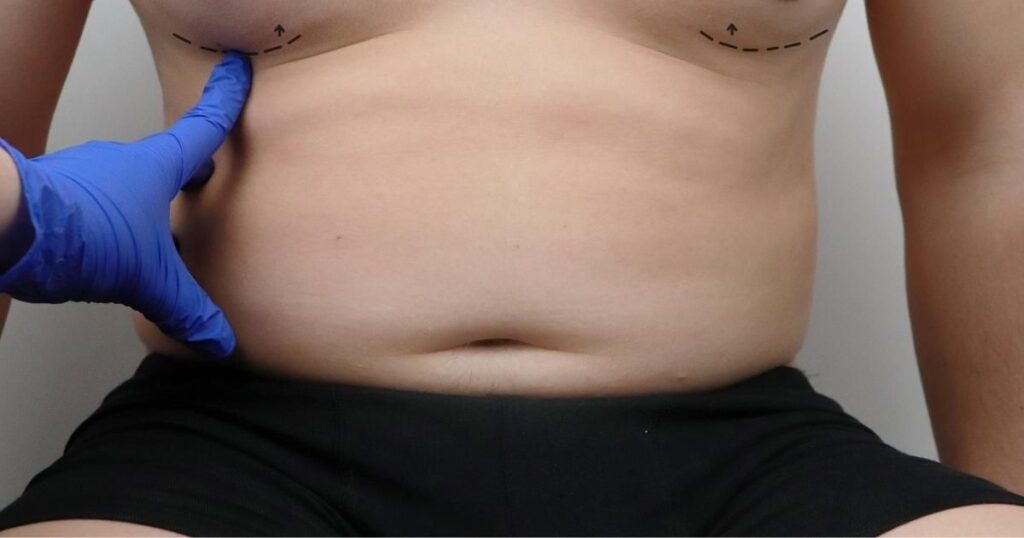
The Road to Recovery: Your Post-Liposuction Healing Timeline
The healing timeline post-liposuction varies based on individual health and the extent of the surgery. It’s essential to allow your body ample time to heal and recover. Setting realistic expectations can help manage potential anxiety and stress during this period.
| Recovery Timeline | Typical Experience |
| Few Days to a Week | Most people return to work |
| Few Weeks | Swelling and bruising typically subside |
| Several Months | Final results become visible |
Optimising Long-Term Results: Lifestyle Changes and Maintenance Post-Liposuction
Liposuction removes fat cells permanently but doesn’t prevent the remaining ones from enlarging with weight gain. Long-term results require a healthy lifestyle with a balanced diet and regular exercise. These positive changes can help you enjoy your liposuction results for a long time.
| Lifestyle Changes | Purpose |
| Balanced Diet | To prevent weight gain and keep the body in shape |
| Regular Exercise | To maintain weight, tone muscles, and improve body contouring |
| Periodic Check-Ins | With a surgeon or nutritionist to keep health goals on track |
Dealing with Potential Complications
Like any surgery, liposuction comes with potential risks and complications. Understanding these risks and taking necessary precautions can minimise their likelihood. Open communication with your surgeon is crucial for mitigating any potential issues.
| Complications | Actions |
| Common Side Effects | Bruising, swelling, changes in skin sensation |
| Serious Complications | Infection, severe bleeding, reaction to anaesthesia |
| In Case of Unexpected Symptoms | Seek immediate medical attention |
Understanding each facet of this journey makes you more prepared to make decisions and handle the process confidently. As you gear up to enhance your body contours, remember that the path to successful liposuction lies in informed decisions, diligent preparation, and dedicated post-operative care. This checklist will be your companion throughout this journey, ensuring a smooth and fulfilling liposuction experience.
Dr Tarek Bayazid, a renowned plastic surgeon in Dubai, is known for exemplary facial rejuvenation and body contouring work. A member of the prestigious International Society of Aesthetic Plastic Surgery, he commits to delivering excellent client outcomes. Start your journey to enhanced beauty and health today; book a consultation with Dr Tarek Bayazid now.
See related: Which liposuction Removes the Most Fat? | Can Liposuction Remove 100 Pounds?
Frequently Asked Questions
How long does it take to recover from liposuction?
Recovery times can vary based on the extent of the procedure and individual health factors. Most people can return to work within a few days to a week, while swelling and bruising typically subside within a few weeks.
Is liposuction painful?
Liposuction is generally performed under anaesthesia, so you shouldn’t feel pain. Some discomfort and soreness are common but manageable post-surgery with prescribed pain medication.
Who is a suitable candidate for liposuction?
Ideal candidates for liposuction are in good overall health, non-smokers, and within 30% of their ideal weight. They should have good muscle tone and firm, elastic skin.
Are the results of liposuction permanent?
The fat cells removed during liposuction do not grow back. However, gaining weight after the procedure can lead to fat growth in other body areas. Maintaining a stable weight ensures long-term results.
What are the risks associated with liposuction?
As with any surgery, liposuction comes with potential risks, including infection, severe bleeding, and reactions to anaesthesia. It’s essential to discuss these risks with your surgeon during your consultation.
